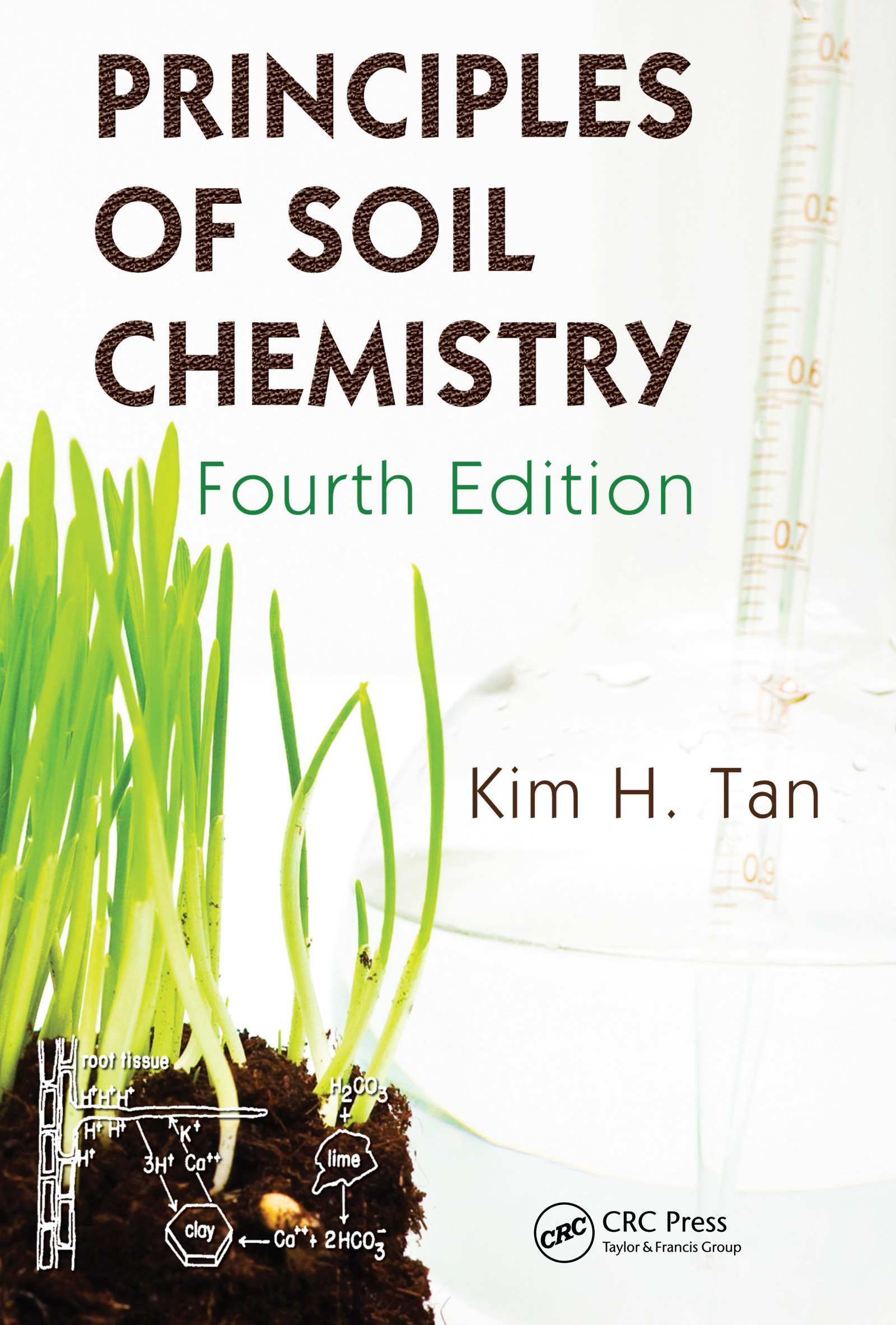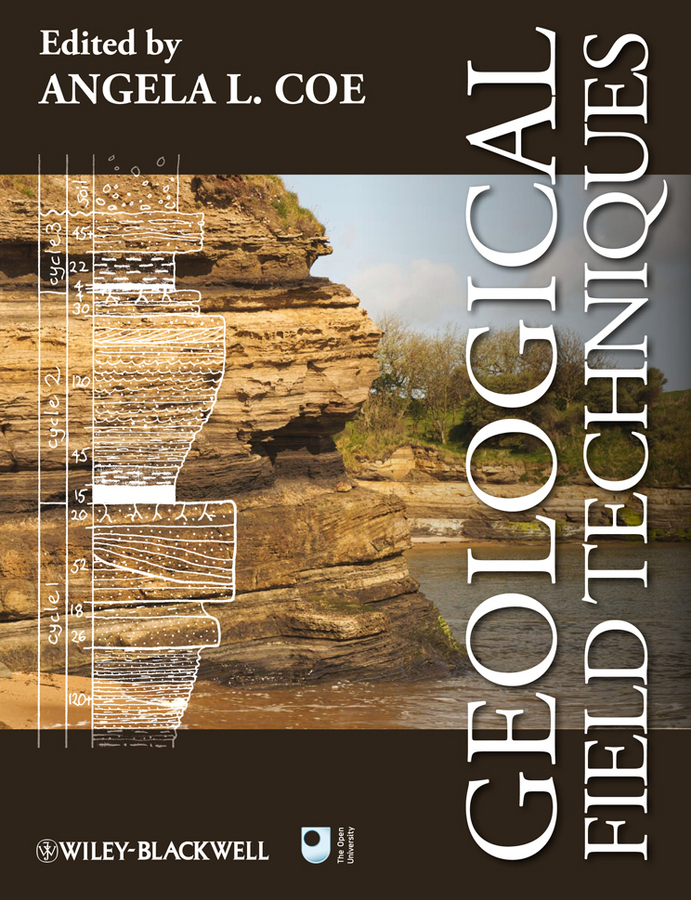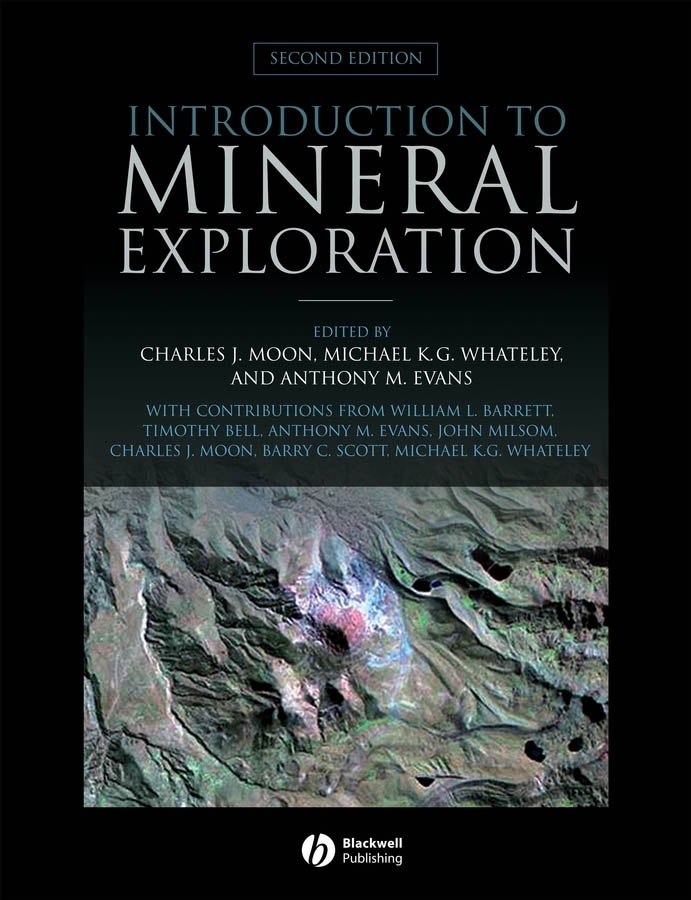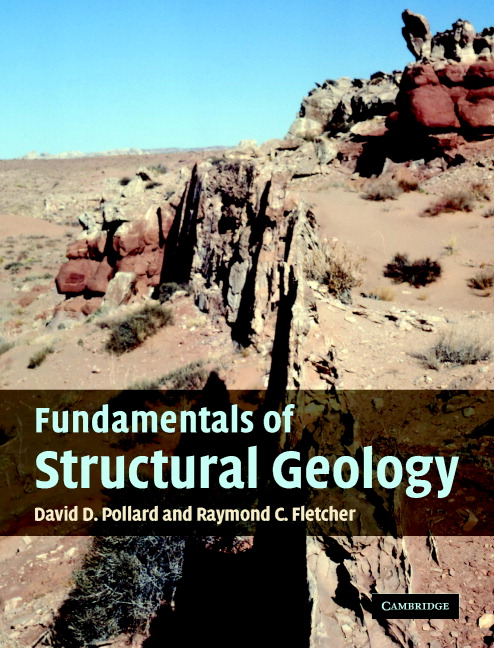CLCP5
LanguageENG
PublishYear2010
publishCompany
CRC Press
EISBN
9781439894606
PISBN
9781439813928
edition
4
- Product Details
- Contents
Learn the secrets of soil chemistry and its role in agriculture and the environment. Examine the fundamental laws of soil chemistry, how they affect dissolution, cation and anion exchange, and other reactions. Explore how water can form water-bridges and hydrogen bonding, the most common forces in adsorption, chelation, and more. Discover how electrical charges develop in soils creating electrochemical potentials forcing ions to move into the plant body through barriers such as root membranes, nourishing crops and plants. You can do all this and more with Principles of Soil Chemistry, Fourth Edition.
Since the first edition published in 1982, this resource has made a name for itself as a textbook for upper level undergraduates and as a handy reference for professionals and scientists. This fourth edition reexamines the entire reach of soil chemistry while maintaining the clear, concise style that made previous editions so user-friendly. By completely revising, updating, and incorporating a decade’s worth of new information, author Kim Tan has made this edition an entirely new and better book.
See what's new in the Fourth Edition
Reexamines atoms as the smallest particle that will enter into chemical reactions by probing new advances testifying the presence of subatomic particles and concepts such as string theory
Underscores oxygen as the key element in soil air and atmosphere for life on earth
Reevaluates the idea of transformation of orthoclase into albite by simple cation exchange reactions as misleading and bending scientific concepts of ion exchange over the limit of truth
Examines the role of fertilizers, sulfur, pyrite, acid rain, and nitrogen fixation in soil acidity, underscoring the controversial effect of nitrification on increasing soil acidity over time
Addresses the old and new approaches to humic acids by comparing the traditional operational concept against th
Collected by
- Yale University
- University of Cambridge
- University of Oxford
- Columbia University Library
- MIT
- UCB











